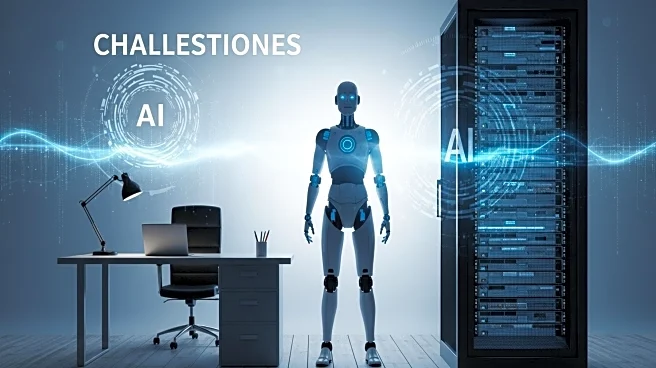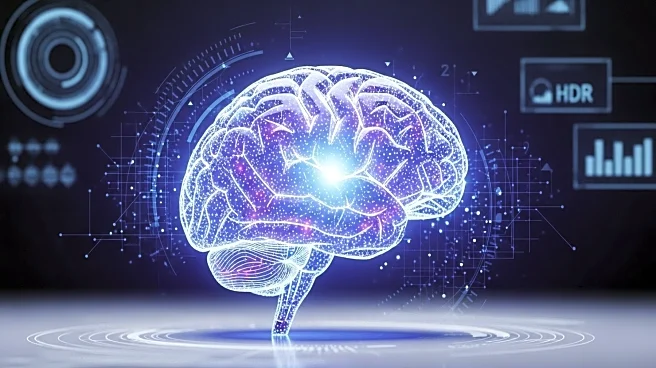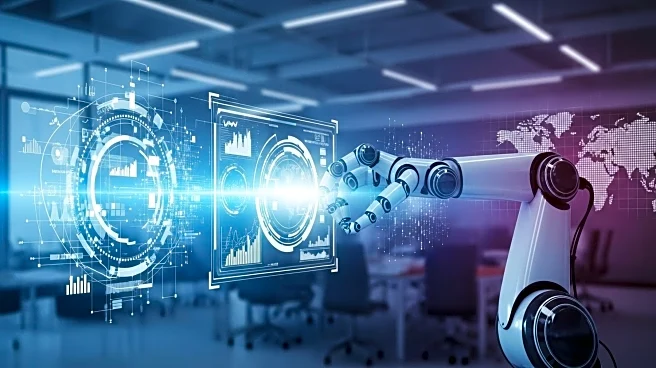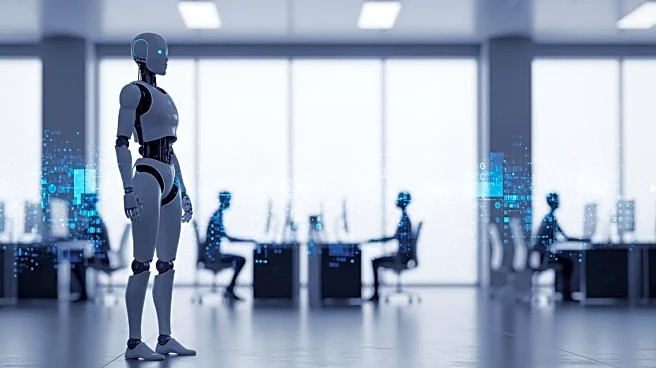What's Happening?
Recent discussions have emerged around the potential merger of HR and IT functions within organizations, sparked by developments at Moderna where the head of HR also became the head of IT. However, experts argue that merging these functions is senseless due to their distinct roles and tasks. The introduction of AI into workplaces is seen as a significant challenge that requires careful integration into existing jobs to drive efficiencies. CEOs are under pressure to demonstrate results from AI usage, with many fearing job loss if they fail to do so. The idea that HR might facilitate AI integration into jobs is considered a better approach than merging HR and IT.
Why It's Important?
The debate over merging HR and IT highlights the complexities of integrating AI into workplaces. Successful AI implementation requires organizational change processes that involve cooperation from employees and managers. HR's role in managing change and facilitating AI integration is crucial, as it can help align employee tasks with AI capabilities. The pressure on CEOs to show AI results underscores the growing importance of AI in business operations and the need for strategic approaches to its implementation.
What's Next?
Organizations may continue to explore ways to integrate AI into their operations, with HR playing a key role in managing the change process. This could involve training employees to work alongside AI tools and restructuring jobs to accommodate AI capabilities. The focus will likely be on achieving efficiencies and improving productivity while addressing employee concerns about job security.
Beyond the Headlines
The discussion around merging HR and IT functions raises broader questions about the future of work and the role of AI in shaping organizational structures. As AI becomes more prevalent, companies may need to rethink traditional roles and hierarchies, potentially leading to new models of collaboration between departments. Ethical considerations around AI's impact on employment and the need for transparent communication with employees will be critical in navigating these changes.










